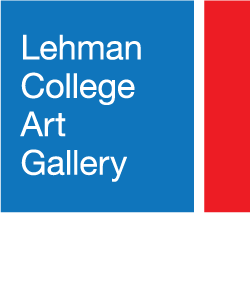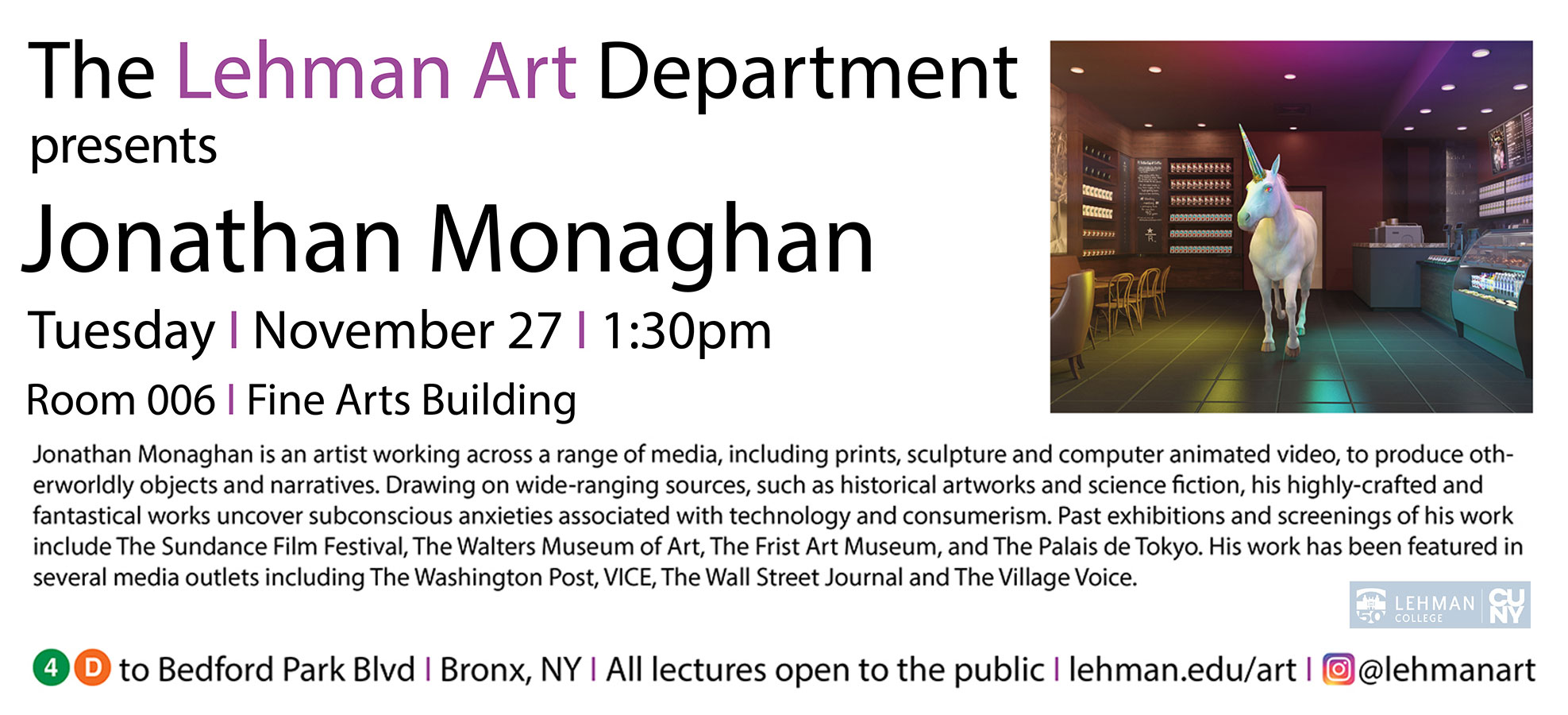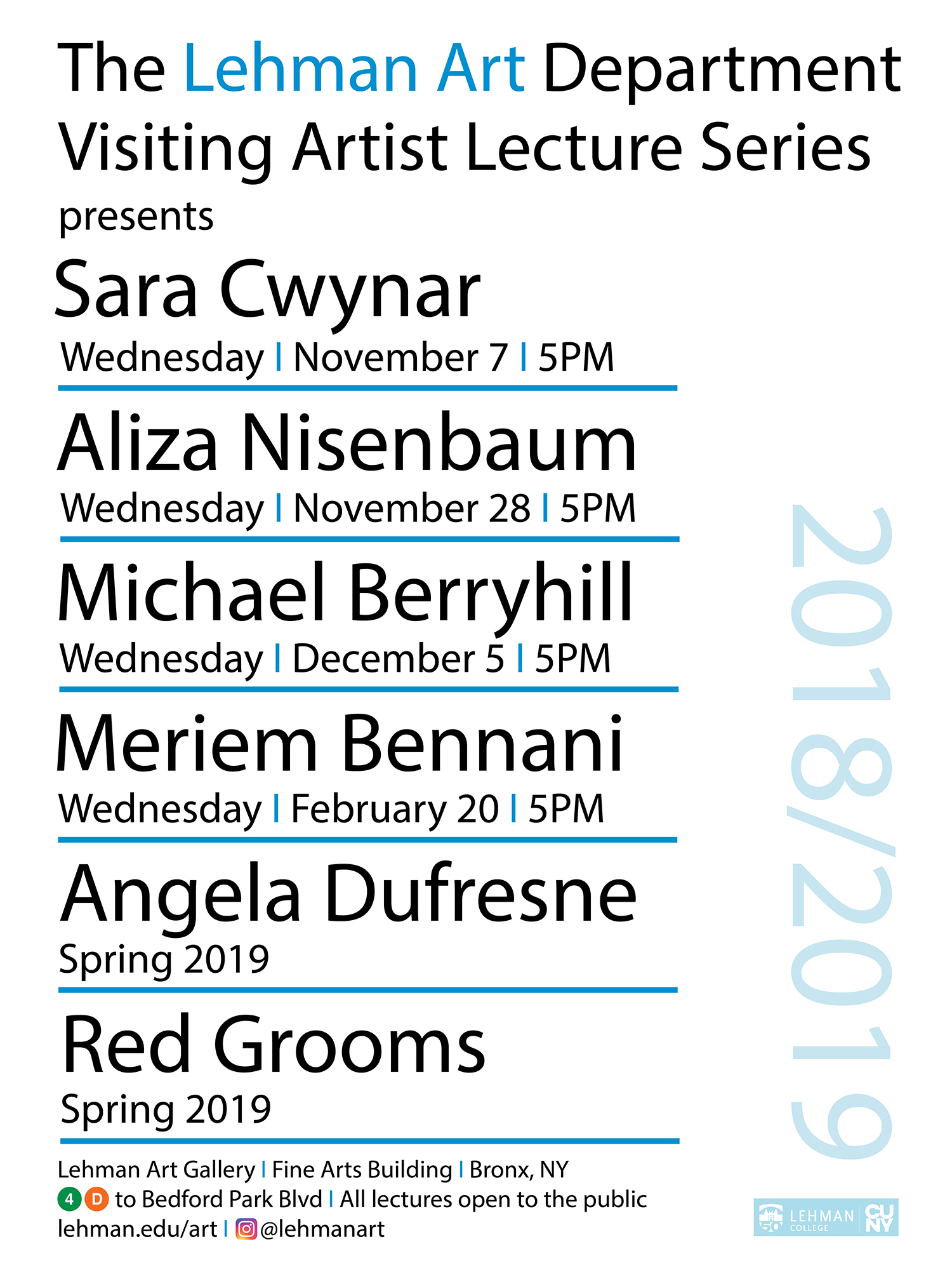Jorge Talca: Memory of Place
Jorge Tacla’s art explores the relationship between human beings and the land, the earth, and the physical place within whose geography they grew up in. The artist left Pinochet’s Chile for New York City in 1981. He was expelled from the Escuela de Bellas Artes, Universidad de Chile for directing as his graduate thesis a performance piece with some explicit (but highly ironic) sexual content in 1980. Under the dictatorship the country was culturally and politically repressed to the extent that the goverment controlled access to information including the discussions between students and teachers. Talca recollects “There was a museum but nothing to see in the museum because there was no money for culture.”
Talca’s assimiliation to the New York art world in the East Village was during the experimental and avant-garde period. He worked as a DJ at Danceteria to support himself, played the congas in the El Barrio, and befriended other young artists like Jean-Michel Basquiat. By 1984 Tacla joined the Nohra Haime Gallery on 57th Street. The artist returns to Chile every year to the arid Atacama Desert in northern Chile, the driest desert in the world, empty except for rocks and mineral deposits. Talca uses the rocks and empty space of the desert as a geological metaphor for the cultural aridity during Pinochet’s Chile.
During an interview in July 1991 Tacla said “I do like the idea of space — the space of art, the space of working, the space of humans. So I go to a place where the space doesn’t give me anything that I can develop into images. In the desert there’s nothing but space. I could walk for hours and it would be the same thing as if I stayed in the same place where I began. The only thing I have there is the idea of space. So I spend time there, and then I come back to this place, New York, which is very crowded, but I have my own space too, which is my studio. That space makes a division between the society and myself, and from here, from my studio in New York, I paint the Chilean landscape. I have to come to New York to do it; it doesn’t make sense to do it in Chile because I always work with memory. It’s like a still life, you have to translate it. This is a glass, this is a bottle — in my work I like to work with the essence, in all the meanings of that word. That’s why I don’t have to be in Chile to work. I have to go there to have memory.”


